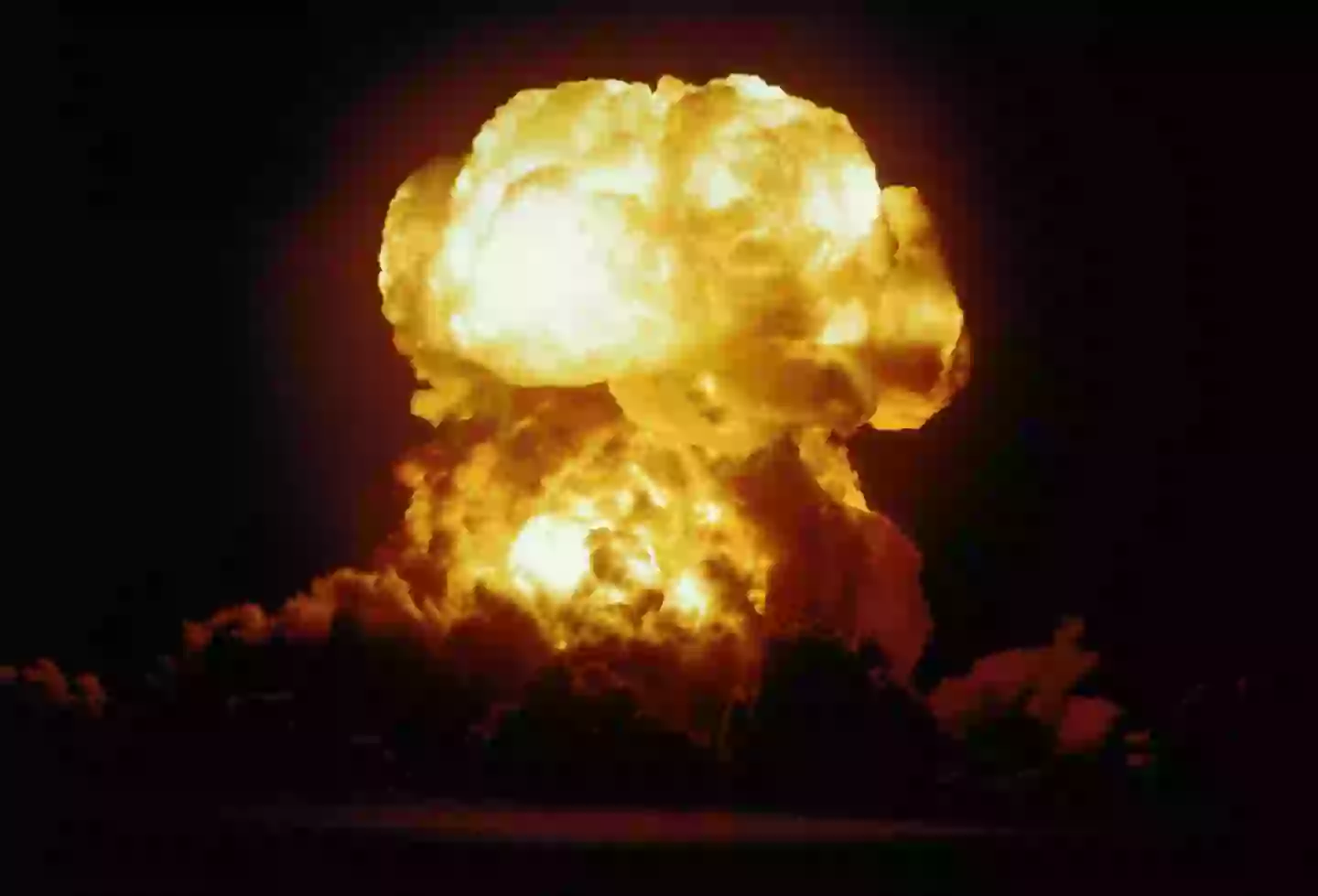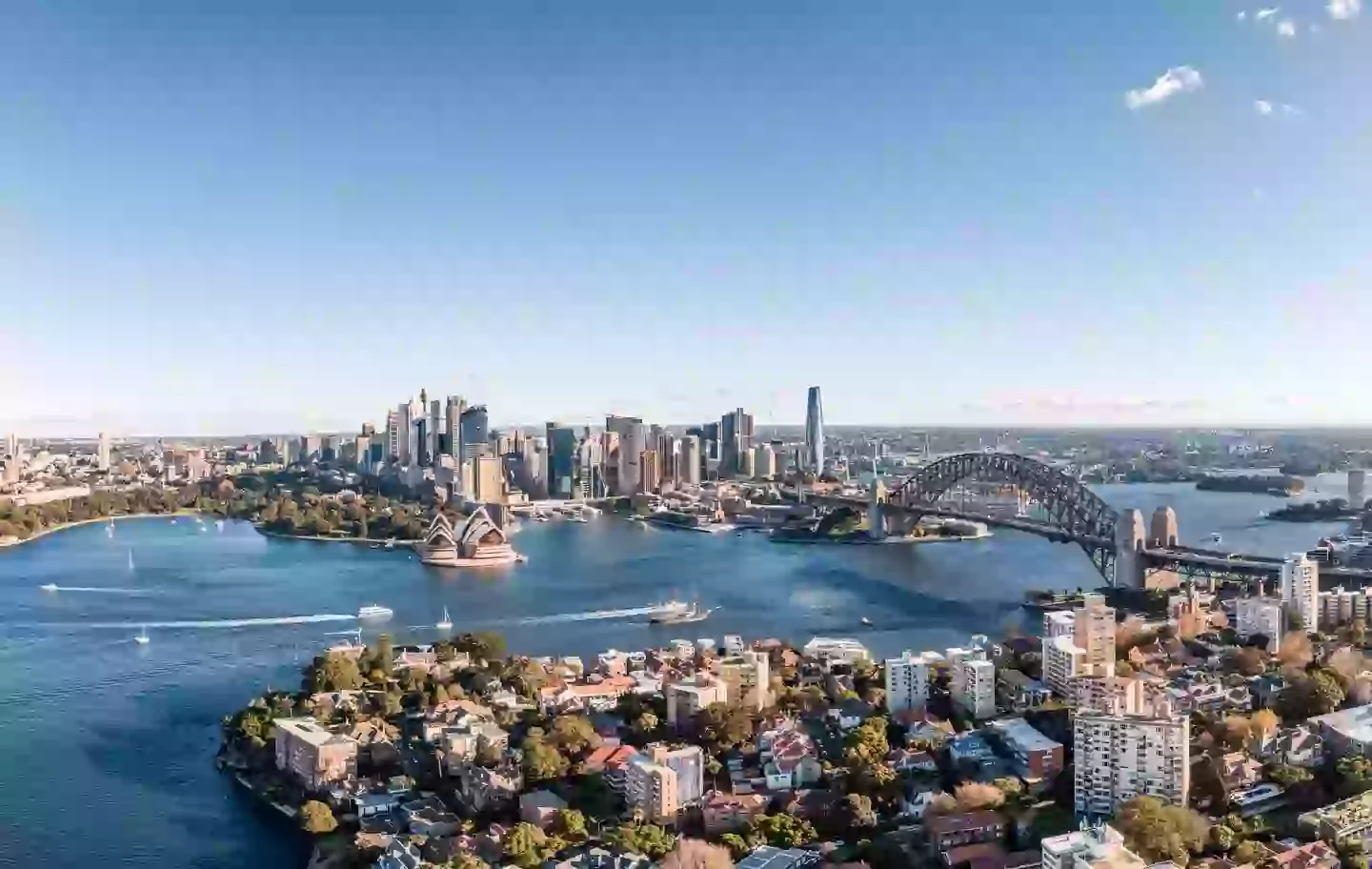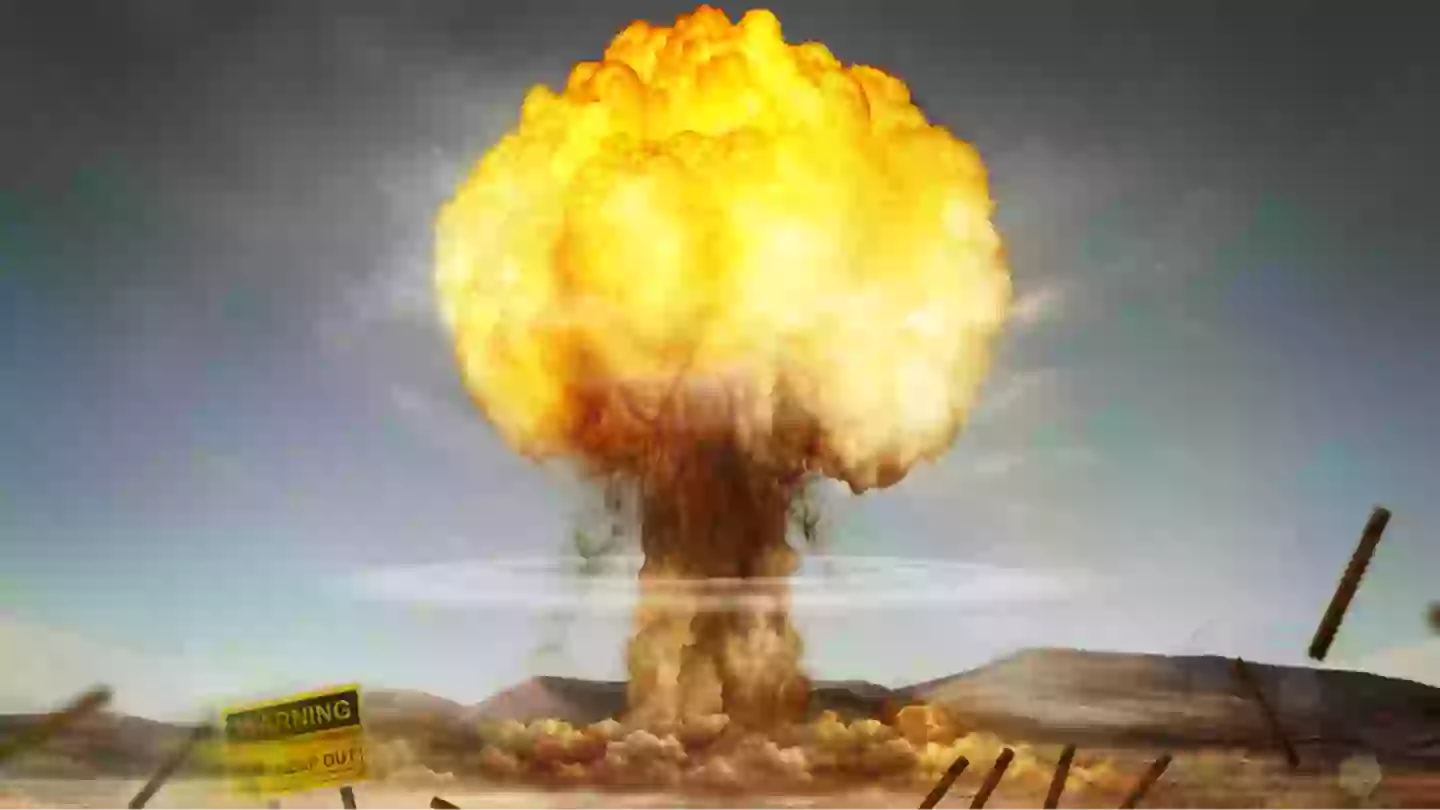An expert has highlighted two unexpected locations around the globe that could offer safety during a nuclear conflict.
Recent events in the Middle East and ongoing global tensions have heightened fears of a potential World War involving nuclear weapons.
The US recently confirmed missile strikes on three nuclear sites in Iran, following Israel’s attacks on Iranian facilities on June 13. These actions were spurred by allegations of Iran’s nuclear weapons development. A ceasefire was eventually reached, though Israel accused Iran of breaking it after claiming to intercept two Iranian missiles, an accusation Iran denied.
Despite a heated statement from President Donald Trump, the ceasefire remains intact, according to reports by the Associated Press.

While the impact of a nuclear conflict would be catastrophic globally, certain areas may offer more protection than others.
According to investigative journalist and author Annie Jacobsen, Australia and New Zealand could be among the safest destinations in a nuclear crisis because they are located in the Southern Hemisphere, where agriculture might still be viable.
In a conversation with Steven Bartlett for The Diary of a CEO podcast, Jacobsen noted: “Places like Iowa and Ukraine would be just snow for 10 years. So agriculture would fail and when agriculture fails, people just die.”
She continued: “On top of that, you have the radiation poisoning because the ozone layer will be so damaged and destroyed that you can’t be outside in the sunlight. People will be forced to live underground. So you have to imagine people living underground, fighting for food everywhere except for in New Zealand and Australia.”

Jacobsen also discussed the devastating impact of nuclear weapons on humanity, referencing a 2022 study by Professor Owen Toon.
“Hundreds of millions of people die in the fireballs, no question,” Jacobsen stated. “Professor Toon and his team… sort of updated [the] nuclear winter idea based around food, and the number that they have is five billion people would be dead.”
When Bartlett inquired about the survival location for the remaining three billion, Jacobsen’s response was straightforward.
“The population of the planet currently is what, eight billion?” Bartlett said.
“So there’d be three billion people still alive. Where shall I go to be one of the three billion? I was just in New Zealand and Australia,” Bartlett said.
Jacobsen replied: “That’s exactly where you’d go. According to Toon, those are the only places that could actually sustain agriculture.”
Australia and New Zealand also benefit from being distant from major nuclear powers.
Meanwhile, Newsweek reviewed maps to determine which areas in the US would be affected in a nuclear scenario.
The Scientific American highlighted missile silo locations in Colorado, Wyoming, Nebraska, Montana, and North Dakota to indicate safer regions.
They noted that targeting a missile silo requires ‘one or two nuclear warheads’ with ‘explosive yields equivalent to 100,000 tons of TNT,’ which would create ‘gargantuan fireballs that will vaporize everything in their surroundings.’
Additionally, these would generate ‘destructive shock waves’ aimed at ‘wrecking the missiles in their launch tubes.’
Based on this analysis, Newsweek identified the safer states as: Maine, New Hampshire, Vermont, Massachusetts, Rhode Island, Connecticut, New York, New Jersey, Pennsylvania, Delaware, Maryland, District of Columbia, Virginia, West Virginia, North Carolina, South Carolina, Georgia, Florida, Alabama, Mississippi, Tennessee, Kentucky, Ohio, Indiana, and Michigan. These areas are the most distant from potential strikes.

